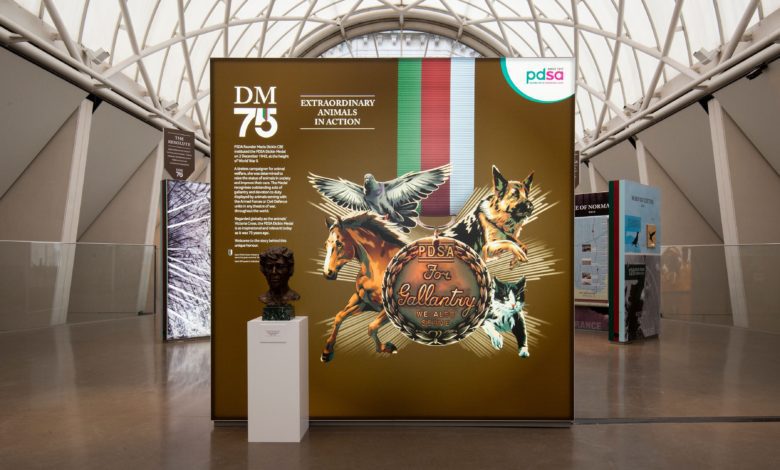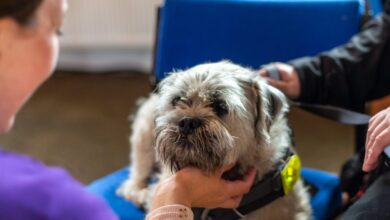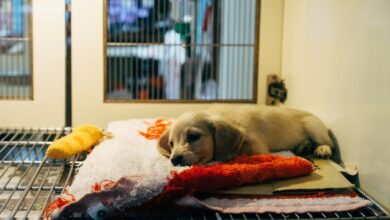PDSA partners with National Army Museum for ‘Animal VC’ exhibition

Register to get 1 free article
Reveal the article below by registering for our email newsletter.
Want unlimited access? View Plans
Already have an account? Sign in
An exhibition honouring the animals of World War I and II will go on display to members of the public for the first time this half term at the National Army Museum in Chelsea, London.
The exhibition is part of veterinary charity PDSA’s celebrations to mark the 75th anniversary of the PDSA Dickin Medal. The medal, which is awarded to animals that display conspicuous gallantry or devotion to duty while serving in military conflict, was first awarded to messenger pigeon named Winkie on 3 December 1943.
PDSA Dickin Medal: Extraordinary Animals In Action, aims to honour the 34 dogs, 32 pigeons, four horses and one cat, who have received the Dickin Medal. An honorary Dickin Medal was also bestowed to “the real war horse”, Warrior, on 2 September 2014, on behalf of the 16 million animals that served in World War I.
Two ‘pods’ from the full exhibition will be on display in the Atrium of the National Army Museum until Wednesday 27 February. These ‘pods’ feature stories of some of the horses who have been awarded the Dickin Medal, along with details of why the medal was instituted by the charity’s founder, Maria Dickin.
The “equine heroes” featured in the exhibition include a horse named Sgt Reckless, who carried ammunition for Anti-Tank Division of the US Marines in October 1952, and Warrior, who was known as “the horse the Germans couldn’t kill”.
Emma Harper, head of exhibitions at the National Army Museum, said: “We are very excited to host part of PDSA’s debut exhibition this half term which provides a fantastic opportunity to bring to life the stories of the hero horses who played such a vital role during times of conflict around the world.
“The showcase is particularly complimentary to First World War artist, Alfred Munnings’ exhibition, which is currently on display and features the war horse, Warrior. It’s a fantastic opportunity to knit these two poignant exhibitions together and we hope people will go away with a greater understanding of the incredible role that horses and animals have played in the theatre of war.”







